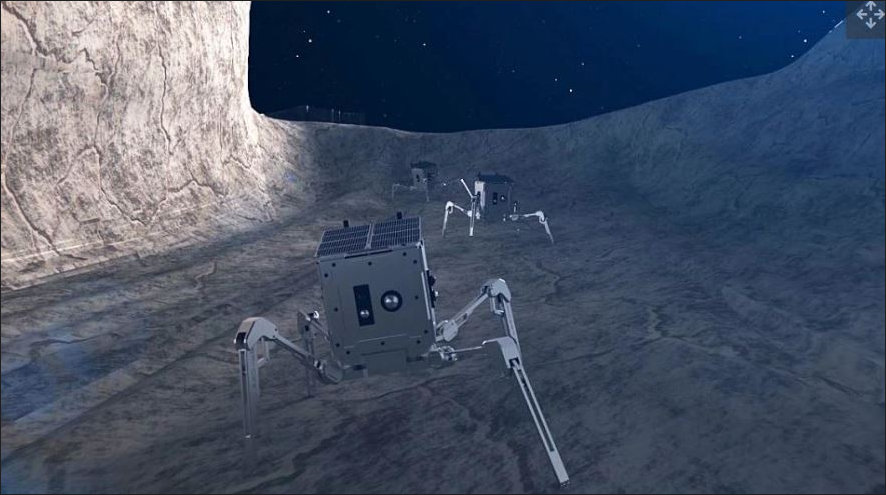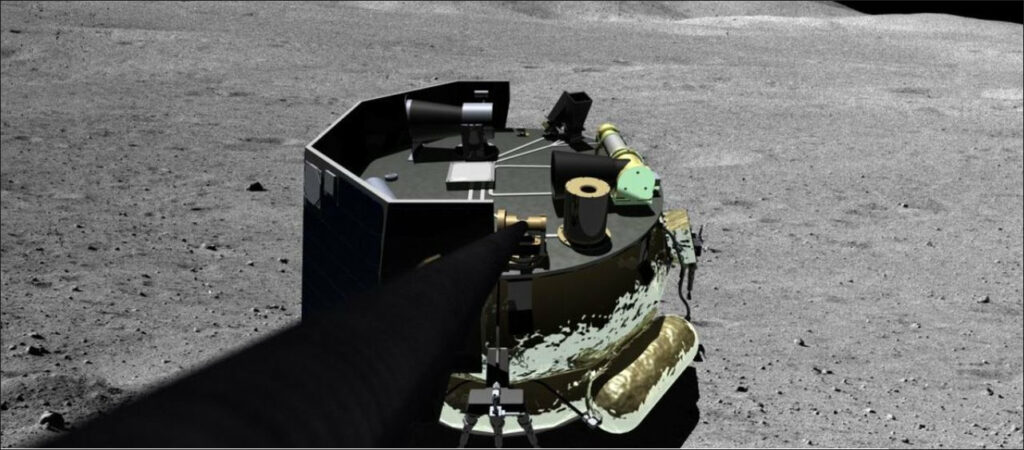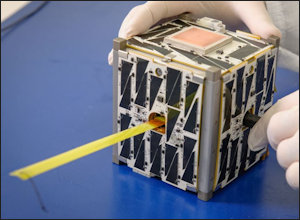
Spacebit has announced plans to launch the United Kingdom’s first privately build Moon rover in 2021.
The company has designed robots with legs capable of delving into cracks and crevices inaccessible to flying rovers. The mission design, reports Space.com, calls for a rover to bring as many as eight robots to a drop-off point. Guided by artificial intelligence, the robots leave the “mother ship” in a swarm and explore the environs, including lunar caves.
“We don’t have wheels. We have four legs instead of the wheels, which is a very neat design,” said Spacebit CEO Pavlo Tanasyuk at the International Aeronautical Congress in October.
Costing an estimated $3 million each, the rovers are expected to take six to 12 months to build. “We could have multiple rovers exploring the moon and [its] lava tubes, and even going beyond in the future,” Tanasyuk said.
By using standardized equipment and off-the-shelf components, space exploration will become more affordable, which will stimulate more lunar exploration. “After 50 years’ absence of humans on the moon,” Tanasyuk said, “I believe that robotic missions will play a very major role in our comeback.”




